How to use guitar pedals with a synth
Guitar pedals take a plain, dry signal and twist it in ways you never thought possible. Because both stompboxes and synths use 1/4” jacks, the process is simple to assemble and achievable for anyone with a bit of space at home. If you’re a gigging musician, you can incorporate pedals into your live set-up for that extra wow factor. For Modular & Eurorack Synth users, think of a pedal as another module to add to your sound.
Synth keyboards usually have basic in-built effects such as reverb, delay and chorus. In most cases, they simply don’t sound as good or aren’t as diverse as guitar pedals. Stompboxes come in a an amazing variety, from containing very specific modulated voicings to housing an array of parameter controls – both if you pay ‘boutique’ prices. There are so many brands and combinations of effects out there, it’s incredible what you can discover.
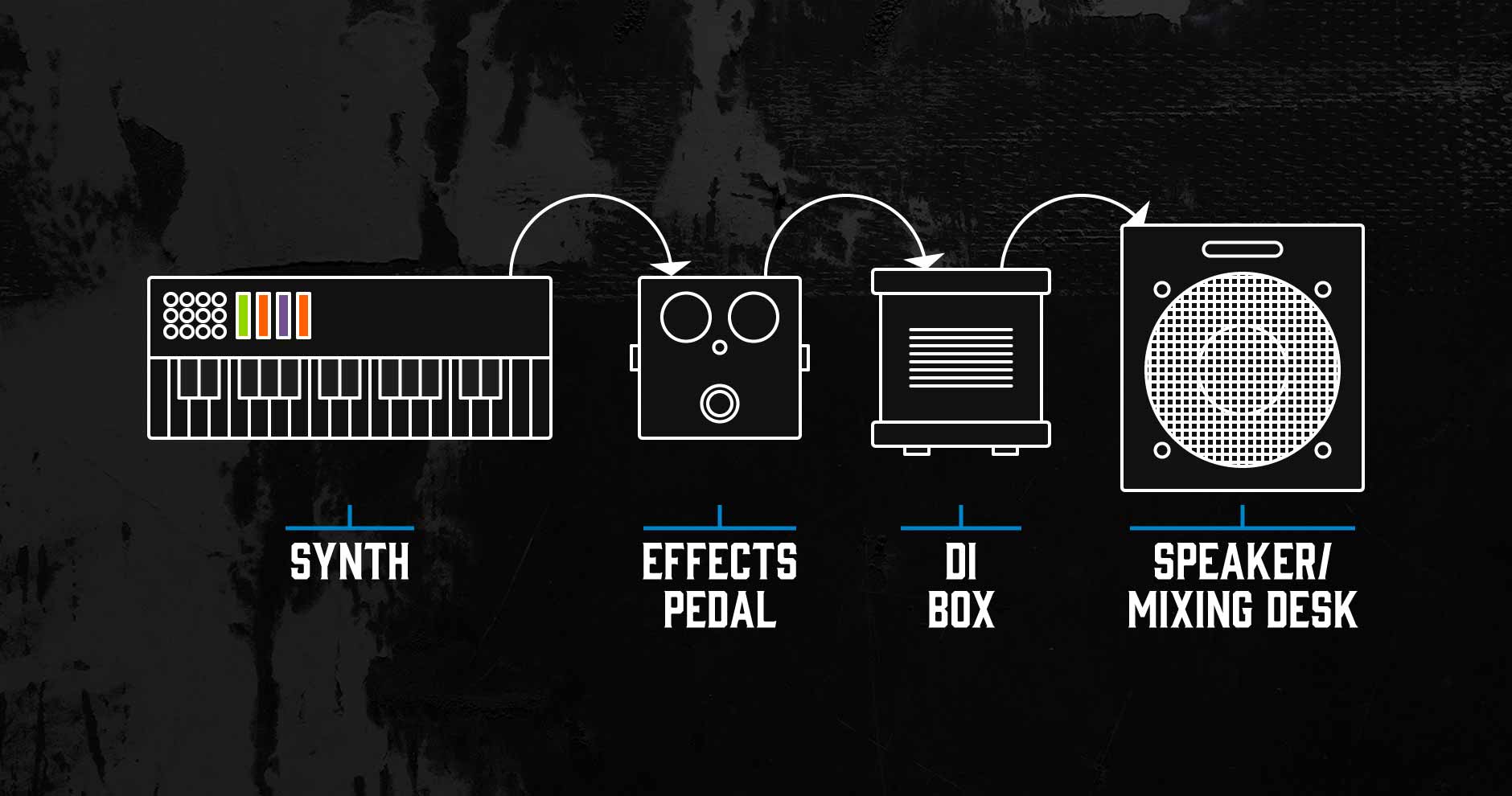
Guitar pedal brands to look out for
Eventide Audio
Shop All Eventide Audio Pedals
The Eventide H9 has everything you need in one small box. It combines the whole Eventide stompbox range into one compact pedal. A huge amount of effects and parameters are at your disposal including delay, pitch shifting, reverb and a whole host of modulations. The only downside is the relatively simplistic interface, so if you’re after a specific effect check out Eventide’s other pedals such as the Timefactor or Space.
Strymon
Shop All Strymon Pedals
Strymon are Eventide’s biggest rivals in multi-setting FX with the likes of the BigSky, Mobius and Timeline. These are the ultimate guitar pedals and cannot be praised enough. All are designed from the ground up to work with synths too, and offer a sheer, transparent sound.
Meris
Shop All Meris Pedals
Meris are known for their Eurorack modules (see F.A.Q. below), so they know how to make pedals work well in conjunction. The Meris Ottobit Jr. in its simplest description is a bit crusher, offering those game console stutters and 8-bit noises. But, as it’s based on their Eurorack module, there’s so much more to it. Use it to control swells, pitch and sequencing. Meanwhile, the MercuryX is the perfect pedal for those ambient Blade Runner reverb expanses. As with everything else in this bracket, it’s costly, but it’s the only reverb you’ll ever need.
Electro-Harmonix
Shop All Electro-Harmonix
The Electro-Harmonix Operation Overlord is an overdrive pedal designed to work with synths, which is a rare thing. It can add that little bit of dirt needed for more of an old-school sound. Stereo too, so if you want to run a stereo-only setup (see F.A.Q. below) it’ll bounce nicely with a ping-pong delay. Don’t forget to check out other units such as Nano Q-Tron, Bad Stone, and String9.
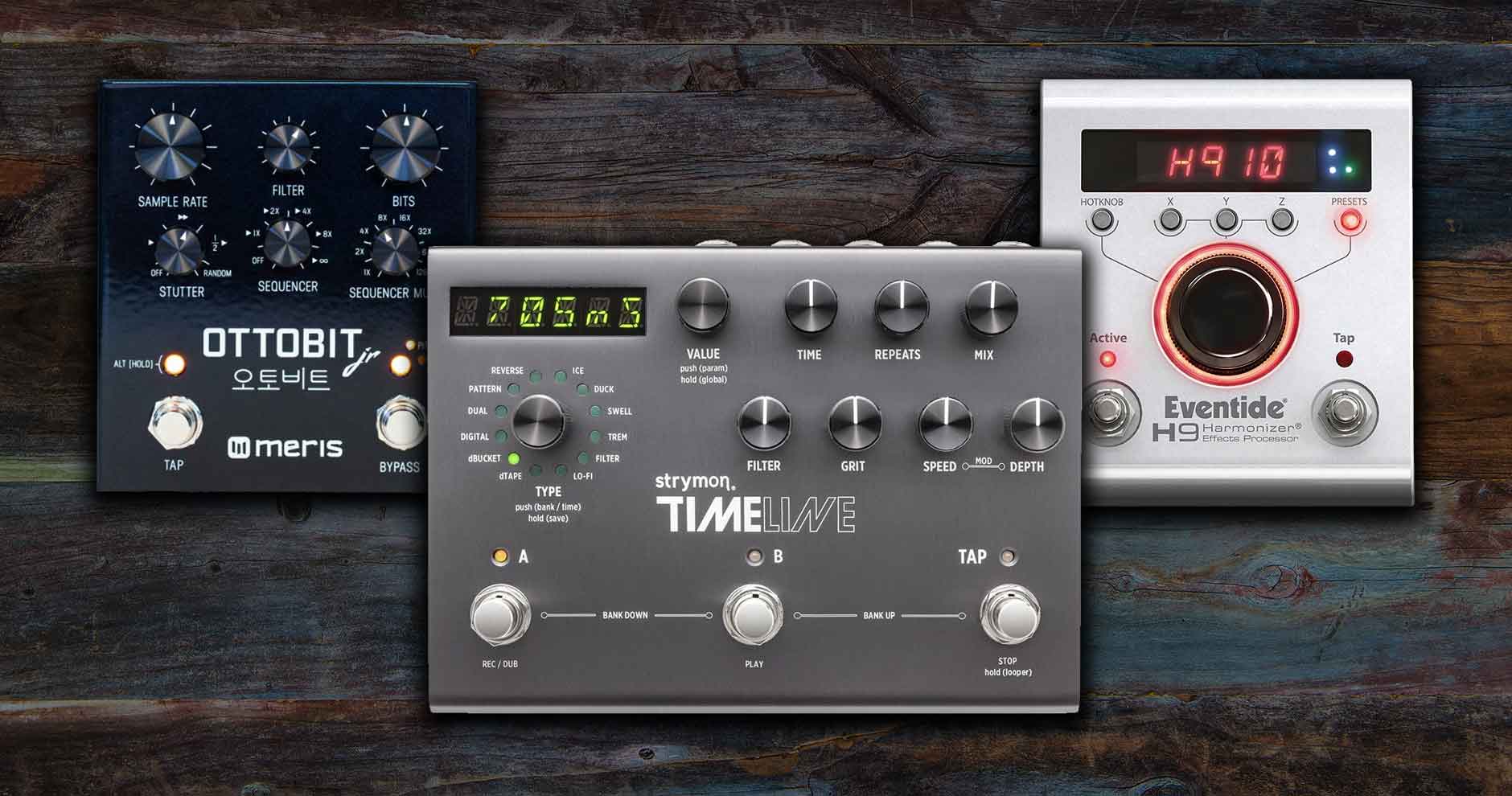
Bang for your buck
MXR Phase 90





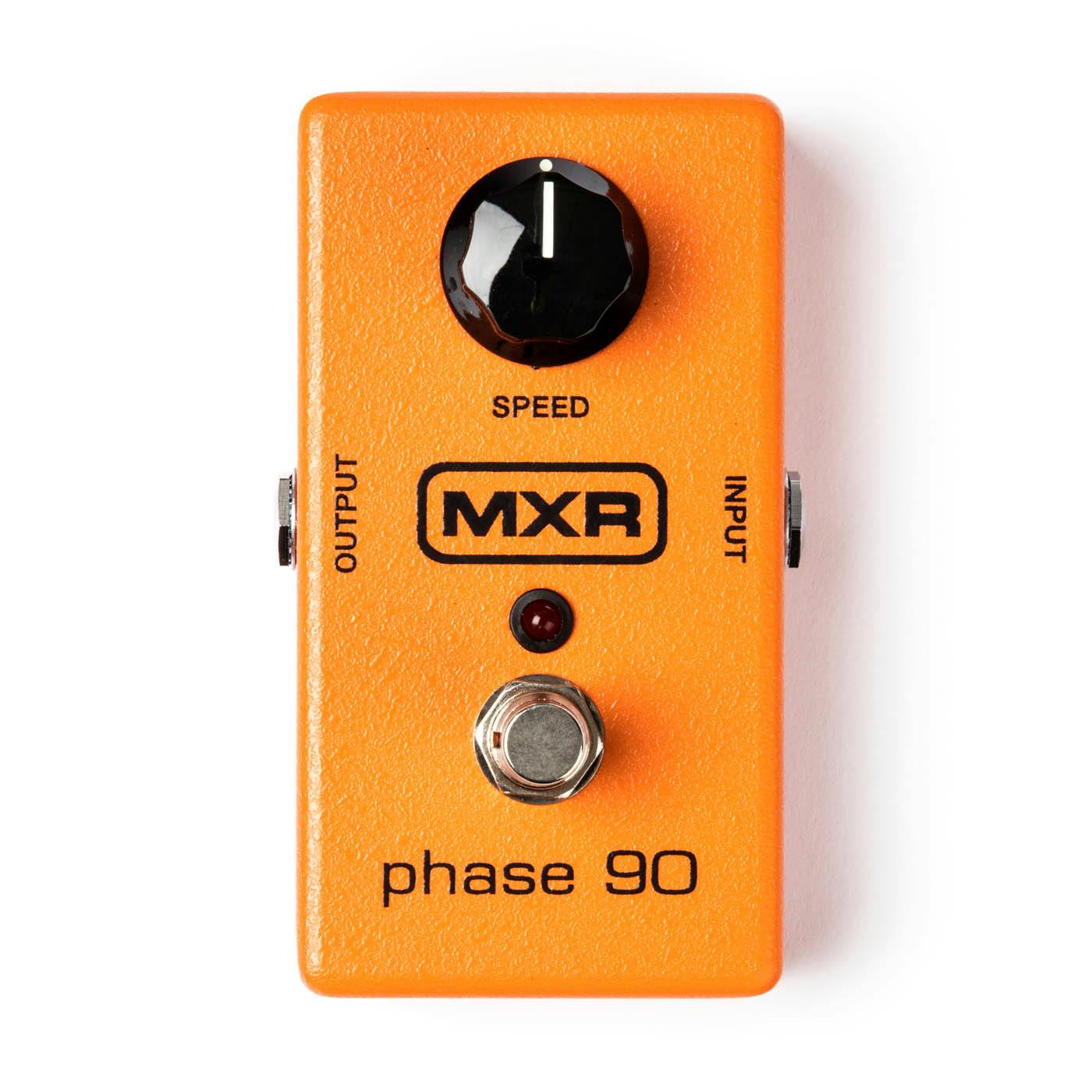
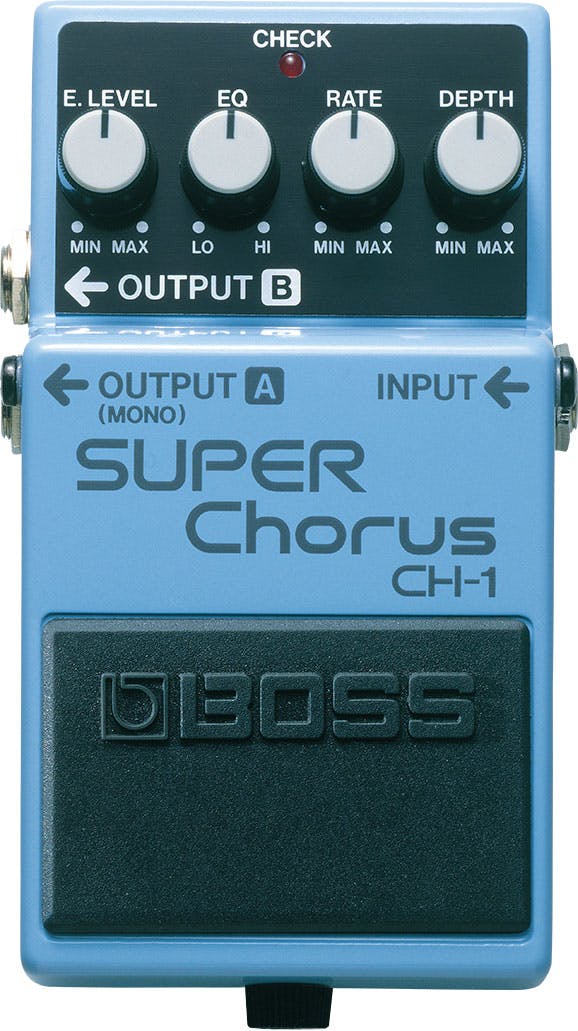
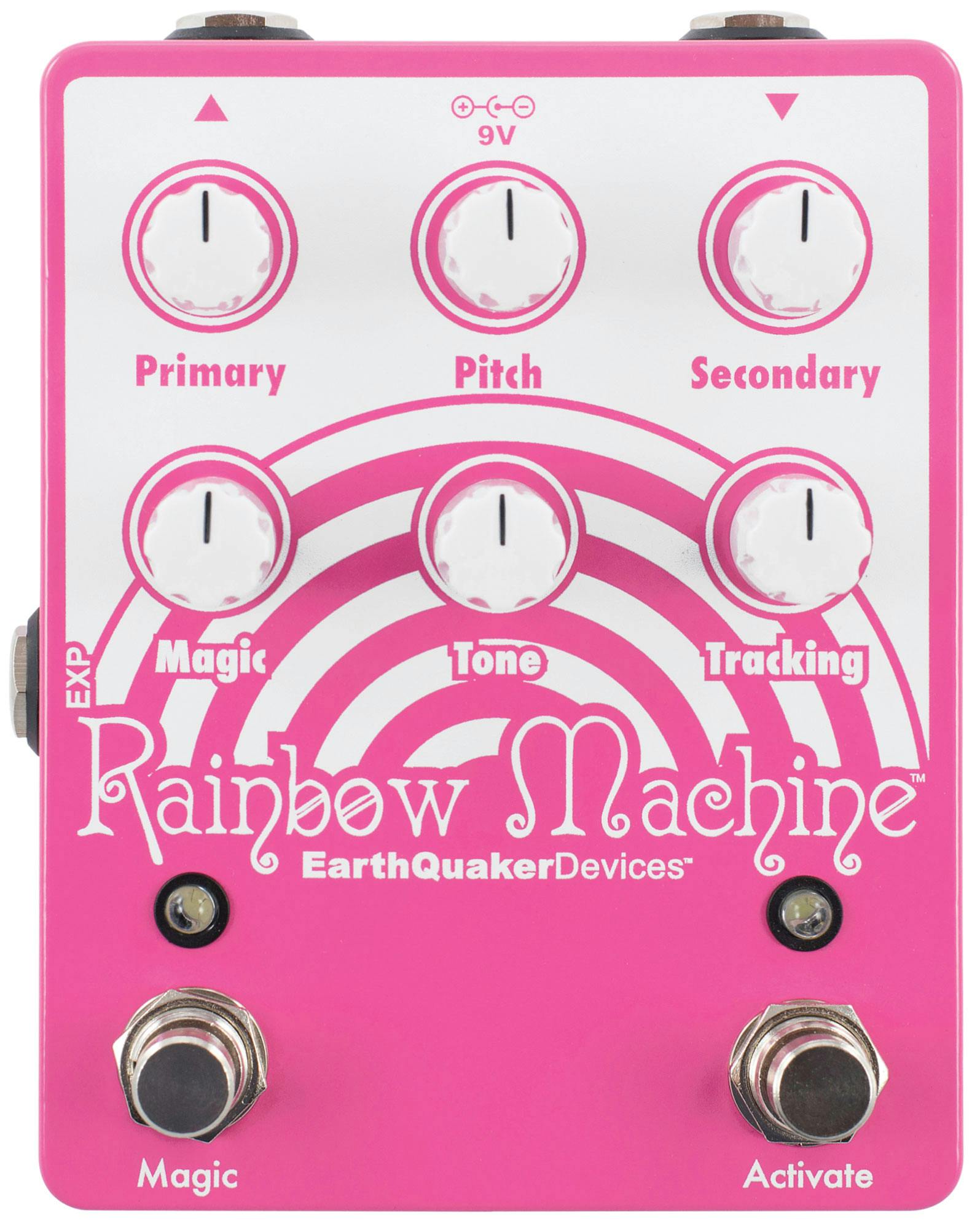

Responses & Questions